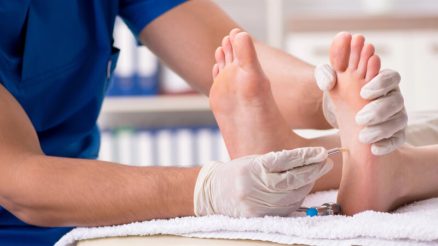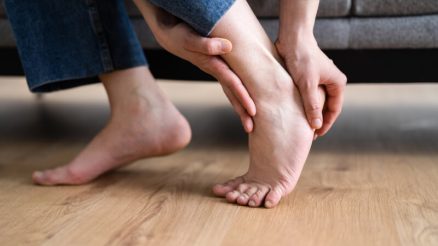Swollen feet, or edema, is a common discomfort experienced by many women during pregnancy. As the body retains more fluids and the growing uterus puts pressure on the veins in the pelvis, circulation slows down, leading to fluid buildup in the lower extremities. While swelling is often harmless, it can be uncomfortable. Thankfully, there are several safe and effective home remedies that can help reduce this swelling and improve overall comfort.
10 Home Remedies for Swollen Feet During Pregnancy
1. Elevate Your Feet
Raising your feet above heart level for 20–30 minutes several times a day can significantly reduce swelling. Use pillows to prop up your legs when lying down or place your feet on a footstool while sitting. This position encourages fluid to move away from your feet and back toward your upper body through gravity.
Extra Tip: If you’re at work or sitting for long periods, try using a small portable footrest under your desk.
2. Stay Hydrated
It might sound counterintuitive, but drinking plenty of water actually helps reduce water retention. Adequate hydration flushes out excess sodium and toxins. Aim for 8–10 glasses per day.
Bonus Idea: Infuse your water with cucumber, mint, or lemon to add flavor and extra anti-inflammatory benefits.
3. Wear Comfortable and Supportive Footwear
Avoid tight shoes, high heels, or footwear without arch support. Choose breathable, flexible shoes with ample room for swelling. Compression socks or maternity-grade support stockings can help reduce fluid buildup and encourage healthy circulation.
Pro Tip: Shop for shoes in the afternoon when your feet are naturally more swollen to ensure the right fit.
4. Reduce Salt and Processed Foods
A high-sodium diet can worsen fluid retention. Limit consumption of processed foods, canned items, and salty snacks. Opt instead for fresh, whole foods like fruits, vegetables, and lean proteins.
Suggestion: Season your meals with herbs and spices instead of salt to enhance flavor without increasing sodium.
5. Gentle Physical Activity
Movement promotes circulation and can prevent swelling. Low-impact exercises such as walking, swimming, or prenatal yoga are excellent choices. Even simple stretches, like ankle circles and foot flexes while seated, help reduce fluid accumulation.
Caution: Always get approval from your healthcare provider before starting or continuing an exercise routine during pregnancy.
6. Foot and Leg Massage
Gentle massages using upward strokes help stimulate circulation and move excess fluid from the feet and legs. Use natural oils or lotions with calming essential oils like lavender, peppermint, or chamomile.
Optional: Ask your partner for a nightly massage or consider visiting a certified prenatal massage therapist.
7. Soak in Epsom Salt Baths
Epsom salt (magnesium sulfate) baths can reduce inflammation and muscle soreness. Soak your feet in warm—not hot—water mixed with a handful of Epsom salts for 15–20 minutes.
Extra Care: Follow up with a light massage and moisturizer to keep skin soft.
8. Apply Cold Compresses
Cold therapy can help constrict blood vessels and reduce swelling. Apply a cold, damp cloth or a wrapped ice pack to the affected areas for 15–20 minutes at a time, several times a day.
Tip: Avoid applying ice directly to the skin to prevent irritation or frostbite.
9. Sleep on Your Left Side
Lying on your left side improves blood flow to your heart and kidneys and alleviates pressure on the vena cava—the large vein that carries blood from the lower body back to the heart.
Bonus: This position can also enhance oxygen and nutrient flow to the baby.
10. Keep Track of Swelling Patterns
It’s normal for swelling to increase later in the day or in hot weather. However, sudden or extreme swelling, especially in the hands or face, can be a warning sign of preeclampsia, a serious pregnancy complication.
What to Watch For: Contact your doctor immediately if swelling is accompanied by headaches, vision changes, or high blood pressure.
When to See a Doctor
While mild to moderate swelling is typically harmless, always consult your healthcare provider if:
- Swelling is severe or sudden
- Only one foot or leg is swollen (which may indicate a blood clot)
- You experience other symptoms like dizziness or blurred vision
Conclusion
Swollen feet during pregnancy are a common challenge, but with the right approach, you can manage the discomfort naturally and safely. Elevation, hydration, supportive footwear, gentle exercise, and soothing treatments like massages or foot soaks can go a long way. Always stay in touch with your healthcare provider to ensure you and your baby remain healthy and well-supported throughout your pregnancy journey.








